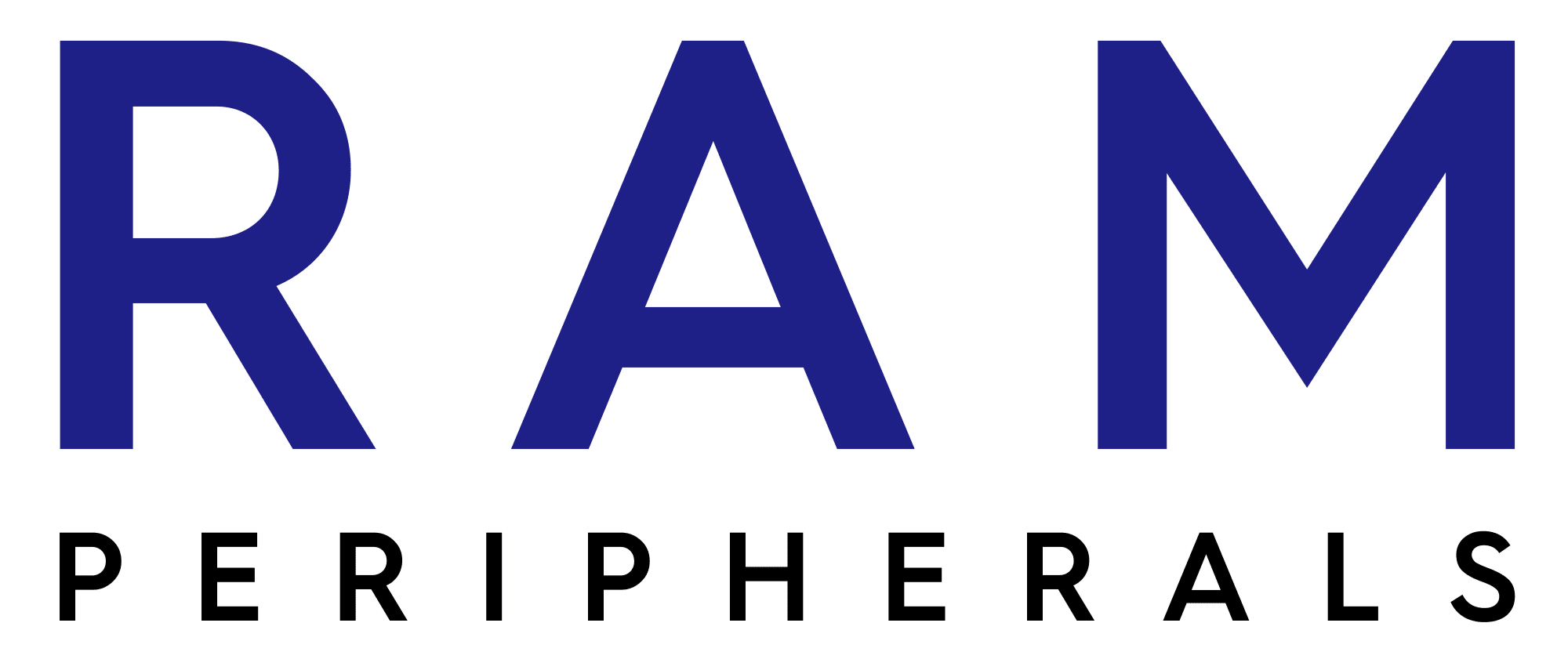How To Use A 3D Printer: A Beginner’s Guide
Published On: 2020-04-01

Learning the Basics
We have created this short guide for those who are considering buying a 3D printer and for those who may have recently acquired one and are now wondering how to use it. It is not intended to be an in-depth guide; it is more of an overview that will help you to understand the steps you need to take when starting your first 3D printing project. You should, of course, refer to the manual that came with your printer as you embark on your 3D printing journey, whether it be with a MakerBot 3D Printer, a Craftbot 3D Printer or another popular brand of Fused Filament Fabrication (FFF) 3D printer.
Setting Up Your Printer
Most new printers will come with a spool of filament suitable for use with the printer in question, a filament spool holder and all the necessary tools and cables you will need to get started. Once you have unboxed your printer and set it up, you will be ready to get started in earnest.
First Steps
Having followed the manufacturer’s instructions on how to set up your 3D printer, you should now be ready to power it up for the very first time. After turning it on, the first thing you should do is to check to see if the printer’s firmware is the latest version and, if not, update it. As with all electronic devices, you should never turn your printer off or disconnect it in the middle of a firmware update. If you experience any problems, cancel the update, quit the update software program and try again. Once you have updated the firmware, you can level your build platform. Most printers have calibration print programs and levelling scripts in their menu: you can use the calibration print program to determine whether your build surface is level and if it isn’t, you can use the levelling script to rectify the matter. Having completed these first steps, you can move onto the next stage.
Acquiring and Preparing a 3D Object File
Your printer needs a 3D file, in a language it understands, in order to print an object. You can either design your own object using CAD or 3D modelling software, use a 3D scanner to scan an object that you wish to reproduce or find a file online. There are many websites with both free files and commercial files that are available to purchase. Once you have your file, you need to slice it, which is the technical term for preparing a 3D file so that it can be read by your printer. MakerBot and other leading brands provide free slicing software that you can use for this purpose. While you are slicing your file, you can specify whether rafts or supports will need to be added, to support certain parts of the object until it is finished. There are also many other options you can set at this stage, such as the thickness/height of the layers, infill percentage and number of shells.
Loading Your 3D File
Having sliced your first 3D file, you can copy it onto a USB drive (which is included with many 3D printers) and plug the drive into your printer. At this stage, you can either elect to print directly from the USB drive or, as many people prefer to do, save the file on your printer’s internal drive and print from there.
Final Preparation
If you didn’t attach the extruder when setting up your printer, you should do that now. Finally, you will need to load the filament spool, feed the filament through the guide tube and into the extruder, which should be preheated.
Get Your First 3D Printer From RAM Peripherals LTD
Browse our 3D printers today and choose the one suited to your needs. Don’t hesitate to contact us if you’d like some help choosing a model.
